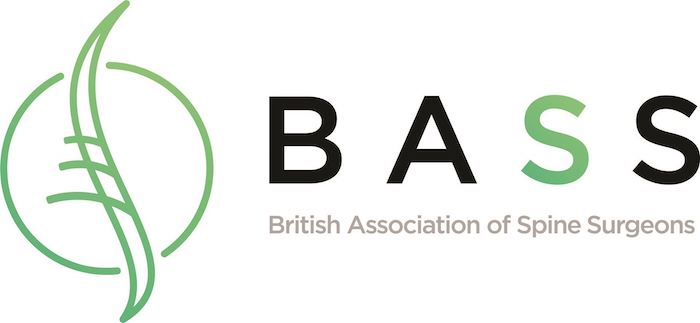Conditions treated: spondylolisthesis
Please note that this explanation, as with all the explanations on my website, is my interpretation of this condition. It is not intended to provide an exhaustive explanation of spondylolisthesis but rather a simplified overview.
What is spondylolisthesis?
Put very simply, spondylolisthesis is where one spinal vertebra slips forward relative to the one below. It usually presents with back pain alone, leg pain alone or back pain and leg pain together. It has a number of causes but the commonest type by far is a degenerative spondylolisthesis in which the slip occurs secondary to the disc degenerating slowly over many years.
In these cases the 'pars interarticularis', which links the facet joints at the back of the spine together, undergoes plastic deformation with remodelling but remains in continuity. The facet joint are also affected and can become subluxed, in that the two surfaces of the facet joint are now no longer in perfect alignment. This causes encroachment of the spinal canal and can compress the spinal nerves causing the leg pain. The commonest levels at which it occurs are the two lowest levels in the lumbar spine namely L4/5 and L5/S1. The “L” stands for lumbar and the “S” stands for sacral.
It is best diagnosed on a simple standing lateral (side view) plain x-ray of the lumbar spine. In my opinion the standing plain x-ray is a terribly underused investigation. I have many patients who have seemingly normal MRI, an investigation, which is performed lying down, but an obvious spondylolisthesis on their standing x-rays. I regularly give a lecture to healthcare professionals (including GPs) titled “Spine surgeons do it standing up” which rather sadly, I think would make a great t-shirt or bumper sticker for spine surgeons.
Another common cause is an isthmic spondylolisthesis, where the pars or isthmus (which is Greek for a neck or narrowing) fractures. This is similar to a stress fracture (bony break) or fatigue fracture again occurring as a result of repetitive pressure on the pars causing it to eventually break. It is commoner in younger people who hyper-extend their back more than normal. It can often be painless and an incidental finding so may not necessarily be the cause of a patients back pain. It usual for both pars to fracture (there is one on each side) but occasionally only one side will have fractured.
The pars fractures are best highlighted on a CT scan, which specifically looks at the bones and shows the pars fracture beautifully. If we are considering surgery and you have one, I will be able to show you it on your CT scan.
Rare causes of spondylolisthesis include dysplasia (abnormal bony development) of the posterior (back) part of the spine and spinal canal, pathological causes (because of cancer which has spread to the spine weakening the bone) or trauma, where there is an obvious history of falling a significant distance or height.
The severity of the spondylolisthesis or “slip” is usually graded according to the percentage the top vertebra has moved forward compared to the lower vertebra, where a grade 1 spondylolisthesis is a 0-25% translation or slip, grade 2 is 25-50%, grade 3 is 50-75% and grade 4 is 75-100% translation. Over 100% where the top vertebra has completely fallen off the bottom vertebra is called a spondyloloptosis.
When to operate?
Being a surgeon, like all surgeons, I enjoy operating, however it is much more important skill to know when not to operate. It is the “decision rather than the incision” that is most important. Obviously there are times when an operation cannot be avoided and this is referred to in medical terms as an absolute indication. The only real absolute indication for surgery in spinal stenosis is when a patient has “cauda equina syndrome”.
There is however a graduation of symptoms which make the need for surgery more pressing. We refer to these as relative indications. These include loss of neurological function or progressing loss of neurological function. By this I mean worsening motor function or weakness with associated pain. If the stenosis compresses the lower lumbar nerves enough to give a patient weakness, then surgery may well be necessary.
I will however be able to guide you towards a decision about surgery, but I feel very strongly that surgery should be the last resort unless absolutely necessary. I also believe that in the majority of cases the final decision about surgery has to be made by yourself, with the best possible information to hand to help you make the right decision.
Obviously there is a lot more written on the internet about this condition but if you are diagnosed with it if you come and see me, I will go through your management options with you very carefully and together we will decide what is best for you and your family.



